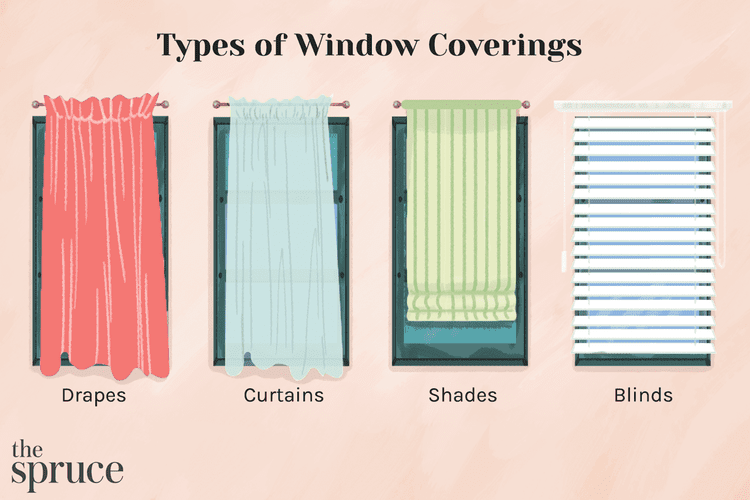
When selecting window coverings, it’s important to evaluate the differences among drapes, curtains, shades, and blinds. Many individuals often confuse the terms, particularly drapes and curtains. Nonetheless, although all four types can complement various decor styles and spaces, each possesses unique features.
This guide outlines the commonalities and distinctions among curtains, drapes, shades, and blinds to assist you in choosing the best option for your requirements.
Contents
The Distinction Between Draperies and Curtains
Curtains are textile panels designed to conceal windows, usually tailored to either fit the window precisely or extend a few centimeters below it. In contrast, drapes, which are also made from fabric, are usually crafted from heavier materials and are designed to reach the floor or create a slight puddle at the base.
Drapes are an excellent option for areas that need to block out light or provide insulation, making them suitable for more elaborate or formal settings. In contrast, curtains are perfect for spaces that benefit from a softer ambiance or a decorative flair.
Drapes can frequently obstruct light in a manner akin to blackout curtainshowever, blackout curtains are constructed from specialized materials specifically intended to prevent light from passing through.
Selecting Between Drapes, Curtains, Shades, and Blinds: A Guide
Curtains
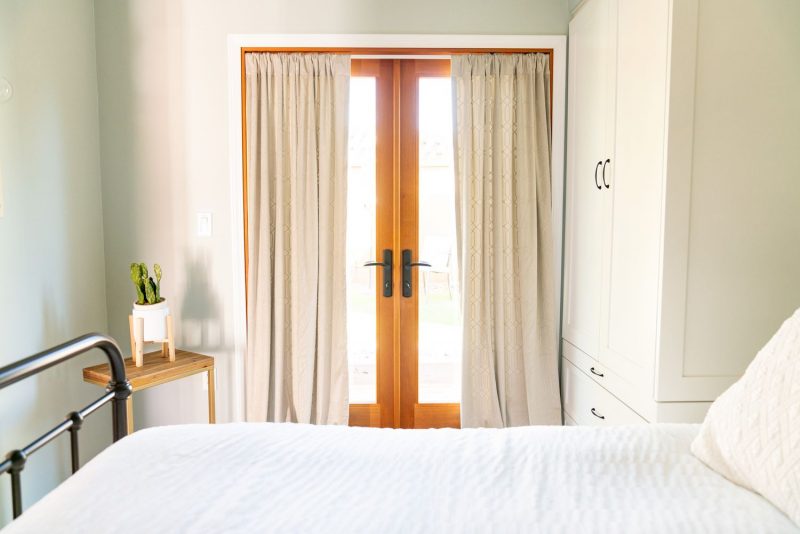
- Ideal for: Every room
- Typical materials: A range of textiles
- Light obstruction: From sheer to complete blackout.
Curtains are textile panels typically available in pairs, featuring a diverse selection of widths, lengths, materials, colors, and designs. They are suitable for various rooms, particularly in living areas, and are ideal for covering sliding glass doors. Curtains can enhance a room’s ambiance by introducing softness, color, and texture.
Curtains are suspended from a rod that may be simple or ornate. Certain curtains feature a fabric pocket stitched at the top that slides over the rod, concealing it when the curtains are drawn. Alternatively, some curtains are designed with metal grommets or fabric tabs at the top, allowing them to glide over the rod. Additionally, rings or hooks can be used to secure the curtains to the rod.
Certain curtains are known as sheers due to their ability to provide limited light obstruction and privacy. When these sheer curtains are designed to cover just the lower portion of a window, they are commonly referred to as cafe curtains.
Some curtains are crafted from thicker materials and are often advertised as blackout curtains due to their ability to significantly reduce light. Additionally, curtains can be paired with blinds or shades to achieve the best light-blocking effect, particularly in sleeping areas.
Prevent the Chaos
Curtains can gather dust and, in homes with children and pets, may also collect fingerprints and pet hair. It’s important to understand the proper cleaning and maintenance techniques for your curtains to ensure they remain looking vibrant and clean.
Drapes
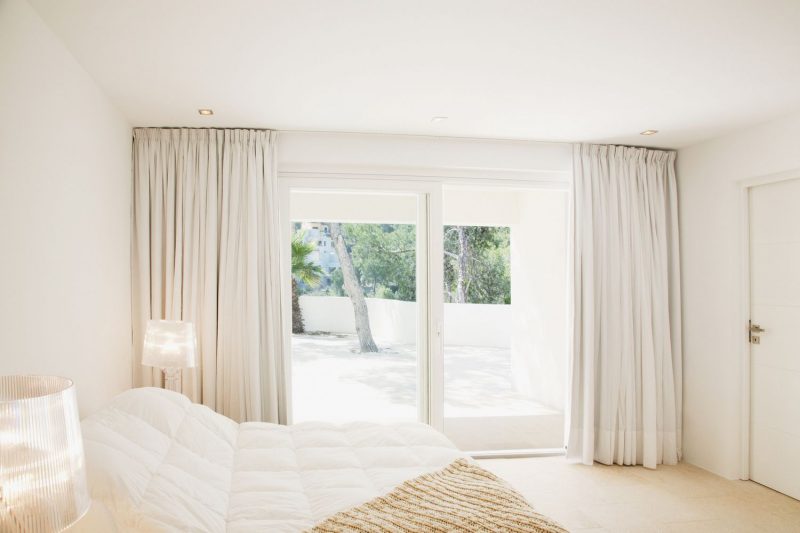
- Ideal for: Sleeping areas
- Typical materials: A range of dense textiles
- Light obstruction: From moderate to complete blackout.
Draperies are frequently lined with thick materials to completely obstruct external light, making them ideal for use in bedrooms. They are a more decorative form of window covering, often tailored to fit particular window sizes. Similar to curtains, drapes serve to provide privacy while enhancing the aesthetic appeal of a space. The fabric used for drapes is usually dense and somewhat rigid, with popular choices being velvet, damask, and silk.
Drapery panels are commonly available in pairs and serve as window coverings. Like curtains, they are suspended from a rod using rings, hooks, grommets, or a fabric sleeve. You have the freedom to choose from a variety of colors and patterns to match your preferences, although most drapes tend to be either solid or have a textured finish. The weight of the drapes can create a sophisticated atmosphere, as the upper part of a drapery panel is typically designed with pleats.
Often referred to as draperies, these window coverings usually extend from just above the window down to the floor, and they may even create a slight puddle on the floor. Nonetheless, there are no strict guidelines requiring drapes to reach the floorthis is ultimately a matter of personal preference.
Shades
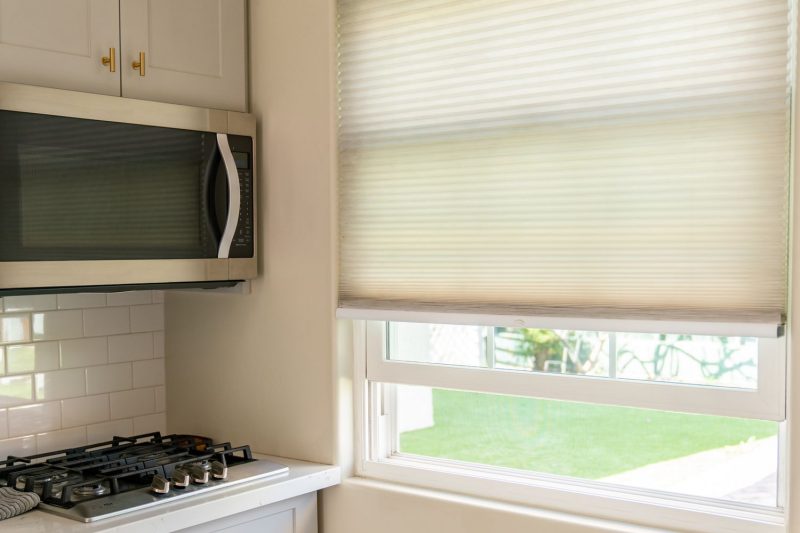
- Ideal for: Every room
- Typical materials include fabric, vinyl, and bamboo.
- Light obstruction: From moderate to complete blackout.
Available for purchase separately, shades are usually made from a range of fabrics, such as vinyl and bamboo. They are suitable for all kinds of rooms. Shades are mounted on a rod or frame and are designed to fit snugly within the window frame, in contrast to drapes or curtains, which extend below the window sill.
To allow sunlight in and have a view outside, you must elevate the shade by using a cord, a roller, or a lifting system. As the shade ascends, it either gathers in folds or wraps around a rod, depending on its design.
Basic roller shades are affordable options that operate by rolling the fabric around a rod positioned at the top. Among the other favored varieties are Roman shades, which gather into pronounced pleats when raisedballoon shades, which puff up into fabric-filled balloonsand tie-up shades, which are secured with a fabric tie to keep them open.
Although window shades can be stylish enough to stand alone, many individuals prefer to pair them with curtains or enhance them with a valance. This combination can enhance their ability to block light, although shades made from a dense, lined material can also serve effectively as blackout window treatments on their own.
Blinds
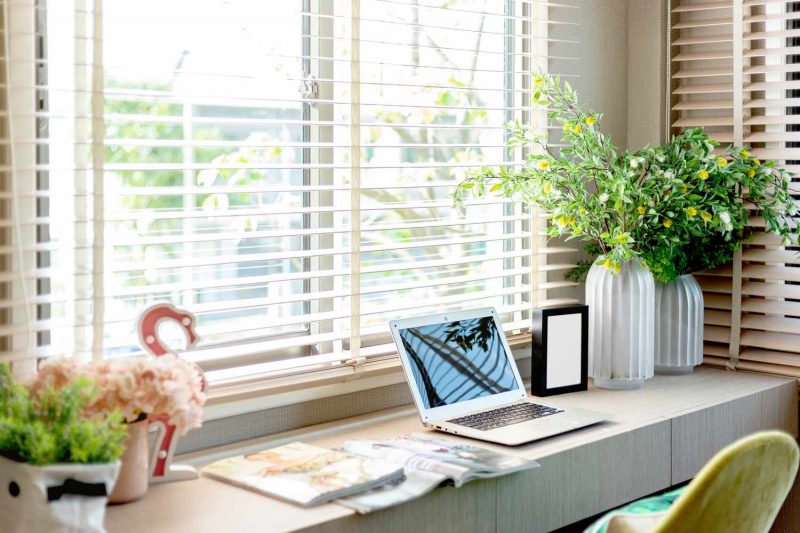
- Ideal for: Every room
- Typical materials include vinyl, wood, and aluminum.
- Light obstruction: Moderate to significant
Blinds consist of horizontal slats, known as louvers, that can be adjusted to allow light to enter or to be closed for privacy and darkness. They are effective in various spaces, including living rooms and kitchens. Unlike shades, which require complete raising to see outside, blinds can simply be tilted for visibility.
Typical depths for blind slats include 1/2 inch, 1 inch, and 2 inches, with the 2-inch slats commonly referred to as Venetian blinds. The dimensions of the blinds, both in length and width, are designed to fit snugly within the window frame. Although horizontal slats are the most prevalent, vertical slats are also available and are typically used for sliding patio doors or large sliding windows.
Blinds can allow some light to filter in through the gaps between the slats and along the edges. However, they are still a good option for bedrooms. To enhance light blockage, you can pair them with curtains.
Blinds are available in various colors and wood finishes, but they typically lack patterns. Adding curtains or a valance can help to soften their structured look and introduce some visual appeal.
When to Reach Out to a Professional
Installing curtains, drapes, or blinds is a straightforward task if you have a drill and a measuring tape at your disposal. However, if you feel uneasy about using a ladder or if your drapes or shades are particularly heavy, it might be a good idea to hire a handyman or a professional service that focuses on window treatments.
Factors to Keep in Mind When Selecting Window Coverings
- Light Control: Are you looking to achieve total darkness in your room for a restful sleep, or do you enjoy a bit of light filtering in? The level of light control you desire will determine your choice between curtains, which let in more light, and drapes, which can provide a darker environment.
- Consider the features that matter most to you. For instance, you might choose automated electric blinds that can be controlled remotely, or you might look into shades made from flame-resistant materials to enhance safety.
- Header Variations: There is a wide array of header styles to explore, so take the time to investigate and select the one that aligns with your design preferences and financial plan. Options include pleats, grommets, rod pockets, eyelets, and several others.
- Pricing can range widely, from highly affordable options to more costly choices, influenced by factors such as the type of material, the style of the header, and the amount of fabric required. For instance, standard vinyl blinds are generally among the least expensive window coverings, whereas wooden shutters or curtains made from premium fabrics can be among the most expensive.
- Ultimately, it’s important to reflect on your home’s overall design to determine the most suitable window treatments. While aesthetics play a significant role, functionality should also be a key consideration. For shorter windows, shades or blinds are often the most effective choice, whereas curtains or drapes are ideal for windows that extend from the floor to the ceiling.
Top Collections of Window Treatments
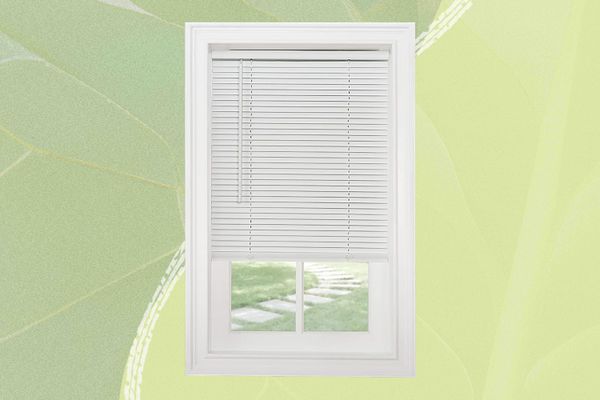
Give Your Windows a Makeover with Top-Quality Blinds and Shades—Discover 9 Styles You Should Consider!
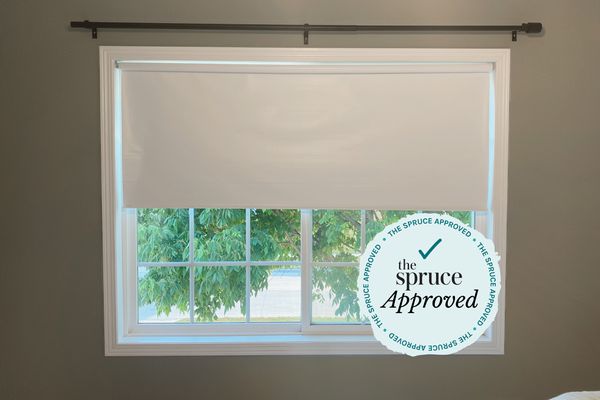
The Top 12 Blackout Shades: Evaluated and Reviewed
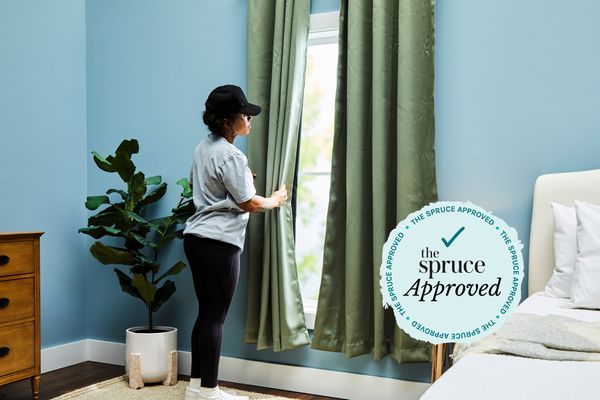
The Top 10 Blackout Curtains: Evaluated and Reviewed
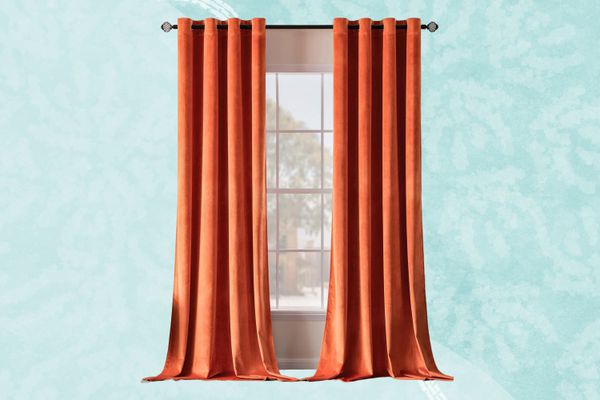
The Top 16 Velvet Drapes for Your Living Space
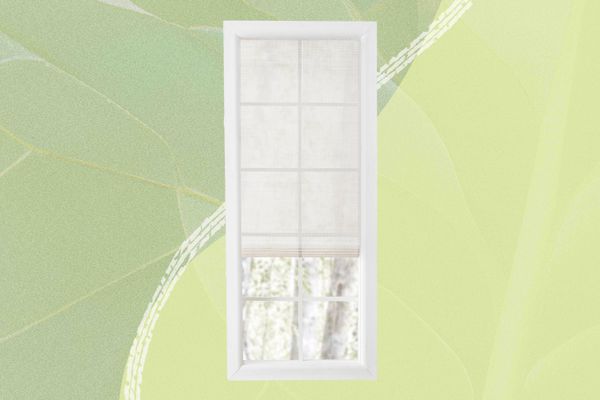
The Top 11 Online Retailers for Purchasing Blinds

The Top 11 Locations for Purchasing Curtains What distinguishes curtains from drapes?
The primary distinction between curtains and drapes lies in their length and weightcurtains tend to be shorter and lighter in comparison to drapes. Curtains serve the purpose of enhancing the visual appeal of windows and providing privacy, whereas drapes are designed to block out light and darken the room.
What are the drawbacks of using drapes?
Drapes come with several drawbacks. For one, their weight can hinder air circulation, and they can trap allergens and mold. Additionally, they can be challenging to maintain and often come with a high price tag.
Are curtains no longer in style?
Drapes are timeless elements of design that remain perpetually in vogue. Nonetheless, various trends and styles tend to fluctuate over time. One current popular method for window coverings is the combination of drapes with shades.
What is the ideal height for drapes above the floor?
It is commonly recommended that curtains should hang slightly above the floor, typically around an inch. While curtains can be allowed to pool on the floor, this may lead to them dragging on the ground during movement, creating a potential tripping risk.
Are drapes pricier than curtains?
Drapes are generally crafted from thicker, more opulent materials, which often makes them pricier than curtains. Nonetheless, this isn’t a strict rule. Numerous affordable drapes can be found, just as there are many high-end curtains.

